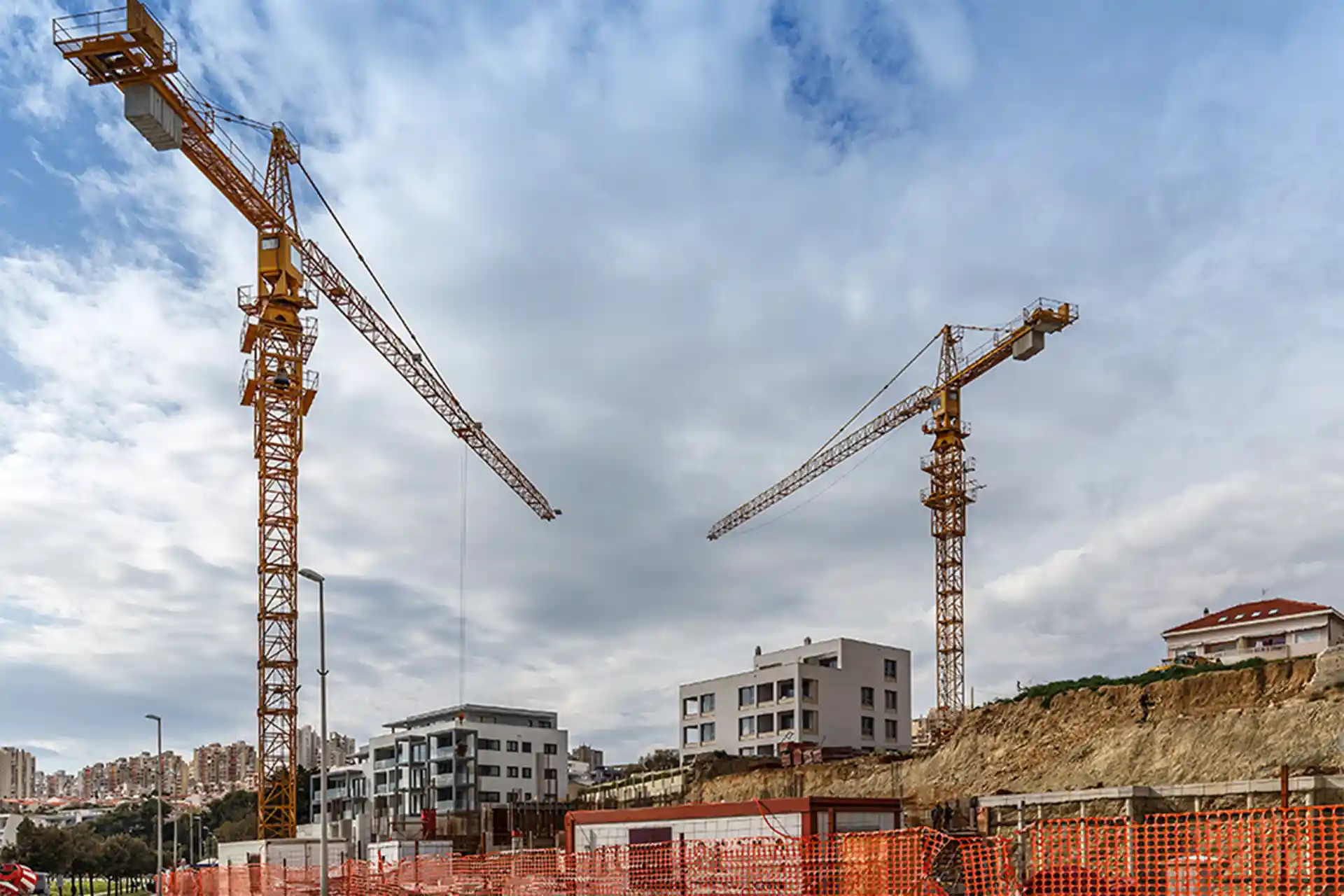
Boost Your
Construction Sites Security: A Comprehensive Guide
Construction sites are bustling hubs of activity, teeming with valuable equipment, materials, and machinery. However! They're also prime targets for theft, vandalism, and unauthorized access. Ensuring the security of your construction site is paramount to safeguarding assets, maintaining productivity, and protecting personnel.
Understanding the Risks
·
Construction sites face various security
threats, including:
· Theft of equipment, tools, and materials
·
Vandalism and sabotage
·
Trespassing and unauthorized access
· Safety hazards for workers
Implementing Physical Security Measures
Perimeter Fencing:
Erect sturdy fences around the site to deter intruders and prevent unauthorized
entry.
Access Control Systems:
Install gates, barriers, and turnstiles with access control
technologies such as key cards, biometrics, or PIN codes.
Security Personnel:
Employ trained security guards to patrol the premises and monitor activity
around the clock.
Surveillance Cameras:
CCTV cameras will be installed strategically to monitor the site continuously.
Opt for high-resolution cameras with night vision capabilities for enhanced
surveillance.
Lighting: Ensure adequate lighting throughout the site, especially in dimly lit areas, to deter criminals and improve visibility at night.
Leveraging Technology for Enhanced Security
In addition to traditional security measures, technology plays a vital role in fortifying construction site security.
Alarm Systems:
Install intrusion detection alarms that trigger alerts in case of unauthorized access
or suspicious activity.
GPS Tracking:
Equip valuable equipment and vehicles with GPS tracking devices to monitor
their location in real-time and facilitate recovery in case of theft.
Remote Monitoring: Utilize remote monitoring systems to access CCTV footage and receive alerts on your smartphone or computer, providing 24/7 visibility even when off-site.
Securing Equipment and Materials
Inventory Management:
Keep detailed records of equipment and materials, including serial numbers and descriptions,
to aid in recovery in case of theft.
Asset Tagging:
Label equipment and materials with unique identifiers or RFID tags for easy
tracking and identification.
Secure Storage: Store valuable items in locked containers or secure storage facilities when not in use, reducing the risk of theft or damage.
Promoting
Safety Culture
Beyond physical security measures, fostering a culture of safety among workers is essential:
1. Conduct regular safety training sessions to educate
employees about security protocols, hazard awareness, and emergency procedures.
2. Encourage workers to report any suspicious activity or
safety concerns promptly.
3. Implement a transparent chain of command for handling security incidents and emergencies, ensuring swift and effective response.
Conclusion
Construction site security is a multifaceted endeavor that requires careful planning, investment, and ongoing vigilance. By implementing physical security measures, leveraging technology, and promoting a safety culture, you can enhance security, protect assets, and ensure the smooth progress of your construction projects. Please don't wait until it's too late. Prioritise security today and safeguard your construction sites from potential threats.
Frequently Asked Questions (FAQs)
Why is construction site
security important?
Construction sites are vulnerable to theft, vandalism, and safety hazards. Implementing robust security measures helps protect assets, maintain productivity, and ensure personnel safety.
How can I enhance security on
my construction site?
Start by implementing physical security measures such as perimeter fencing, access control systems, and surveillance cameras. Additionally, leverage technology for enhanced monitoring and invest in safety training for workers.
What should I do in case of a
security breach?
In the event of a security breach, notify authorities immediately and follow established protocols for handling the situation. Review security footage and thoroughly investigate to identify the perpetrators and prevent future incidents.